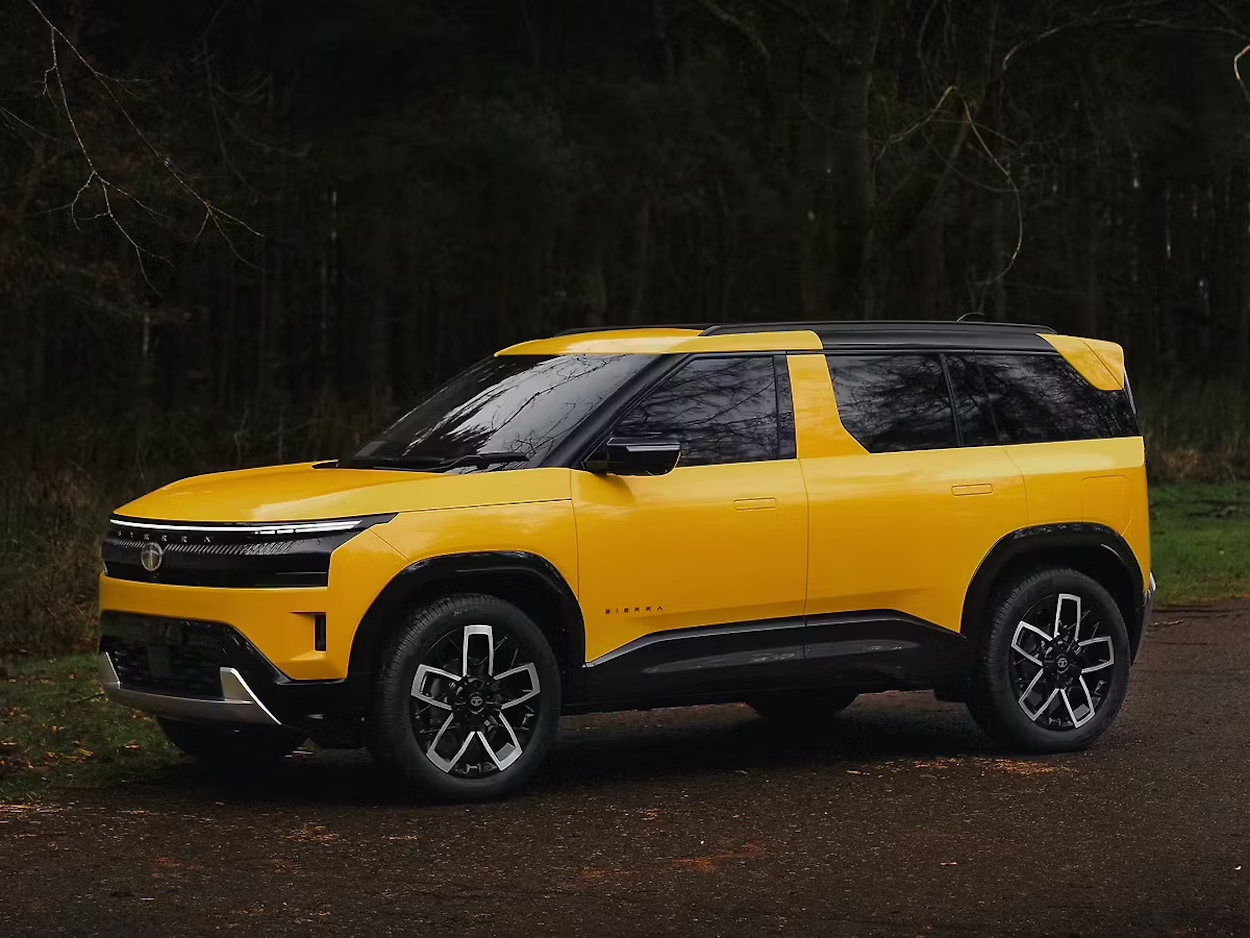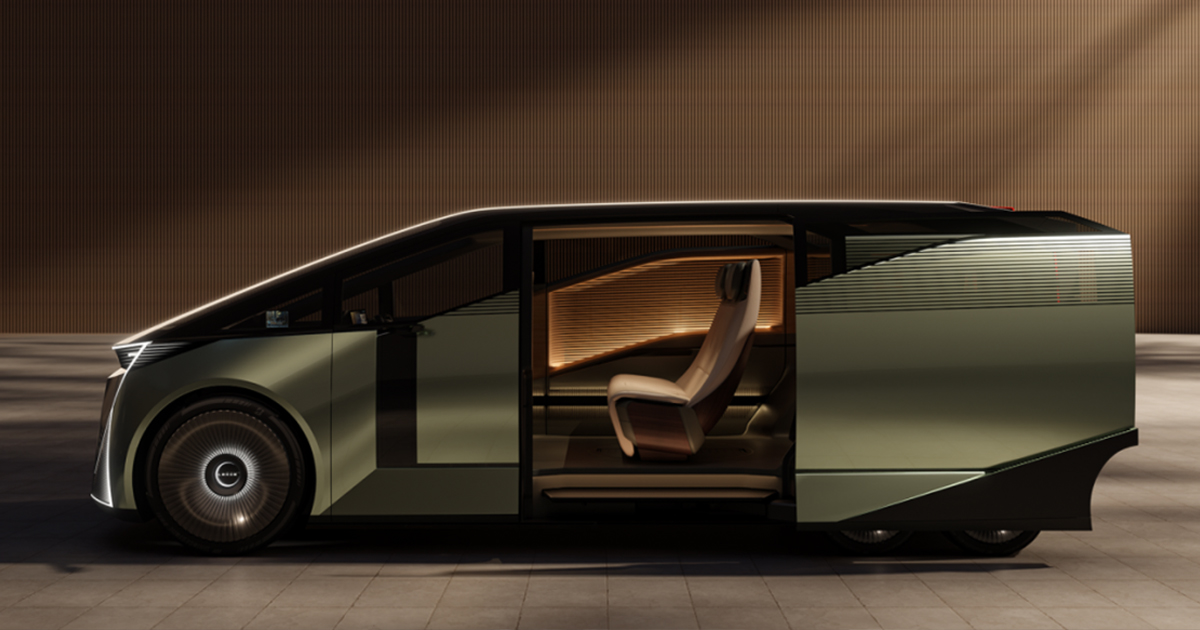Remember when Knight Rider introduced us to KITT, a sleek, talking car with a personality and near-human intelligence? Back then, the idea of having a smart, responsive car companion seemed like pure science fiction. But fast forward to 2025, and that futuristic dream has arrived, not on a Hollywood set, but on dealership floors around the world. Cars with best AI-powered assistants make it possible!
Today’s vehicles are no longer just modes of transportation; they are intelligent, interconnected machines powered by cutting-edge artificial intelligence. At the core of this evolution are AI-powered voice assistants, transforming the way we drive, interact, and engage with our vehicles. These systems have progressed far beyond simple voice commands like “call John” or “play music.” Now, they can hold natural conversations, understand context, learn your preferences over time, and even predict your needs before you speak.
Imagine telling your car, “I’m feeling cold,” and it instinctively adjusts the climate and plays your favorite cozy playlist. Or asking, “What’s the traffic like on my usual route?” and getting a dynamic, AI-driven navigation update, all while keeping your hands on the wheel and eyes on the road.
This seamless blend of safety, comfort, and smart technology is redefining modern driving experiences. As automakers race to implement next-gen voice assistants, the real question arises: Which cars truly lead the pack with the best AI-powered voice assistants in 2025? Whether you value functionality, luxury, or innovation, some models are setting a new benchmark in digital intelligence. Let’s explore the standout vehicles that are turning everyday drives into smart, intuitive journeys.
Top 7 Cars with the Best AI-Powered Voice Assistants
Here is the list of the top seven cars with best AI-powered voice assistants that you must look forward to in 2025:
- Mercedes-Benz MBUX Hyperscreen
- BMW i7
- Tesla Model S
- Lucid Air
- Hyundai IONIQ 6
- Volvo EX90
- Cadillac LYRIQ
Now let us explore these technologies in detail and how they help our journeys on the go.
1. Mercedes-Benz MBUX Hyperscreen
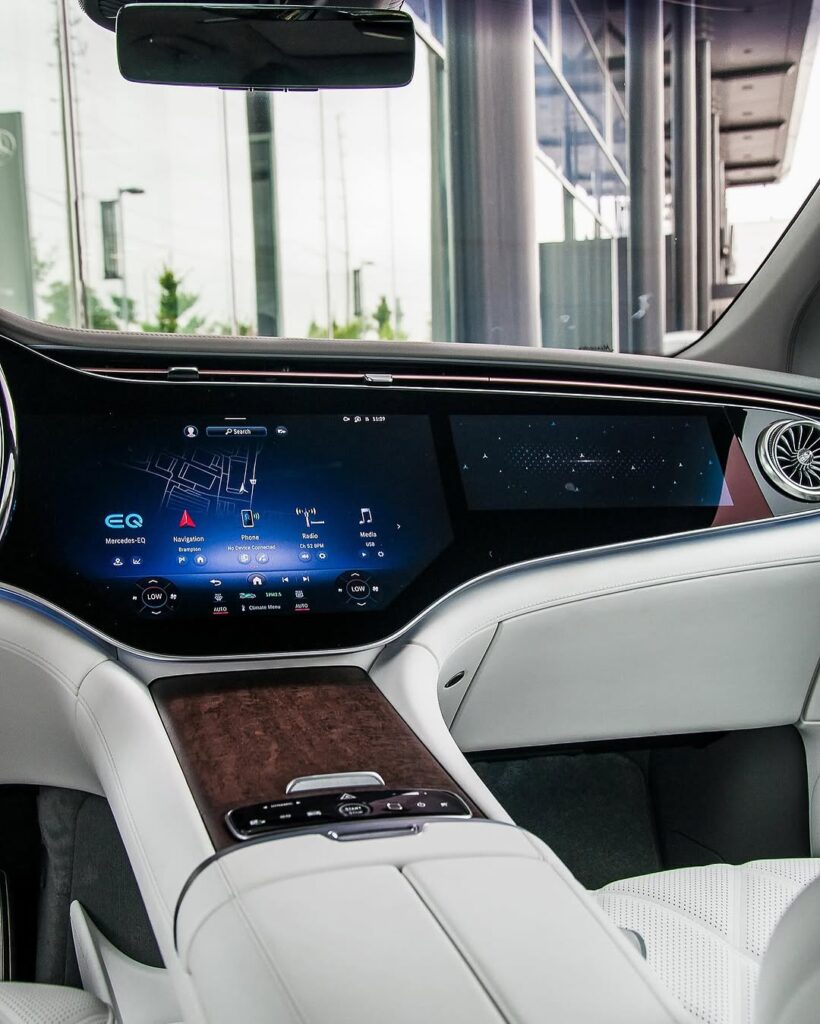
AI-Powered Natural Conversations
Mercedes-Benz continues to lead with its MBUX Hyperscreen, one of the best AI-powered voice assistants in luxury vehicles. At its core is an advanced natural conversation model developed with Cerence AI, enabling it to understand and respond to human speech with remarkable nuance and context.
Predictive and Emotional Learning
The assistant learns user behaviors, like preferred seat warmth, navigation patterns, and favorite playlists, and proactively adjusts settings. Emotional recognition allows it to alter its tone based on detected stress or urgency, enhancing safety and comfort.
Immersive Visual Integration
The expansive curved OLED Hyperscreen visually supports voice interactions, offering feedback on commands and suggestions for the driver and passengers. It integrates deeply with navigation, media, vehicle controls, and even ambient lighting.
Why It Stands Out
With constant OTA updates and adaptive intelligence, MBUX evolves over time, making Mercedes-Benz a pioneer in delivering one of the best AI-powered voice assistants in the automotive market.
2. BMW i7
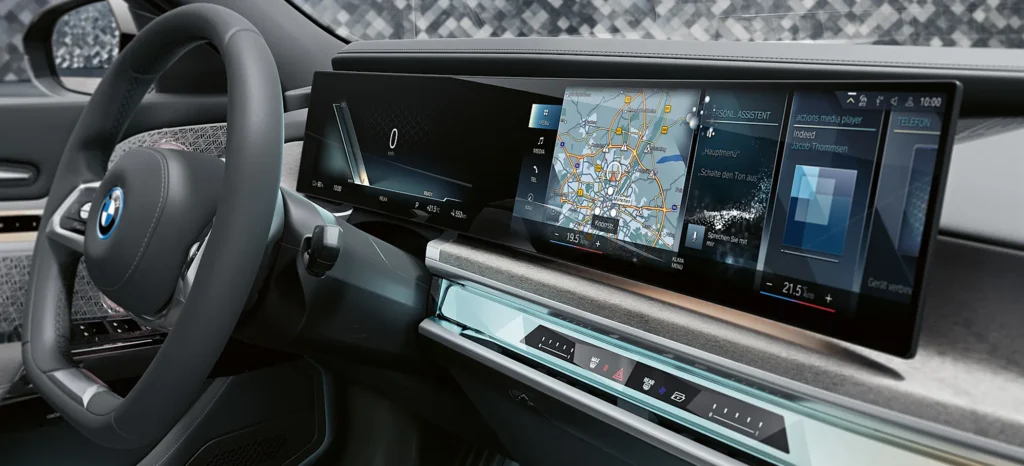
Proactive Personalization
The BMW Intelligent Personal Assistant in the i7 goes beyond basic voice control. It actively learns and adapts to your habits, from seat positions and driving routes to climate and in-car entertainment preferences.
Conversational and Context-Aware
Unlike rigid command structures, BMW’s assistant supports natural conversation. Say “I’m cold,” and it warms the cabin. Say “Let’s go home,” and it navigates you based on previous destinations.
Connected Ecosystem
The i7 connects seamlessly with the MyBMW app, syncing calendars, sending navigation routes, and even interfacing with smart home systems. It creates a unified digital environment across home, phone, and vehicle.
Driving with Emotional Intelligence
With a focus on luxury and precision, BMW’s assistant even detects tone and mood, tailoring interactions accordingly. Its contextual responses and predictive suggestions place the i7 among the best AI-powered voice assistants on the road today.
3. Tesla Model S
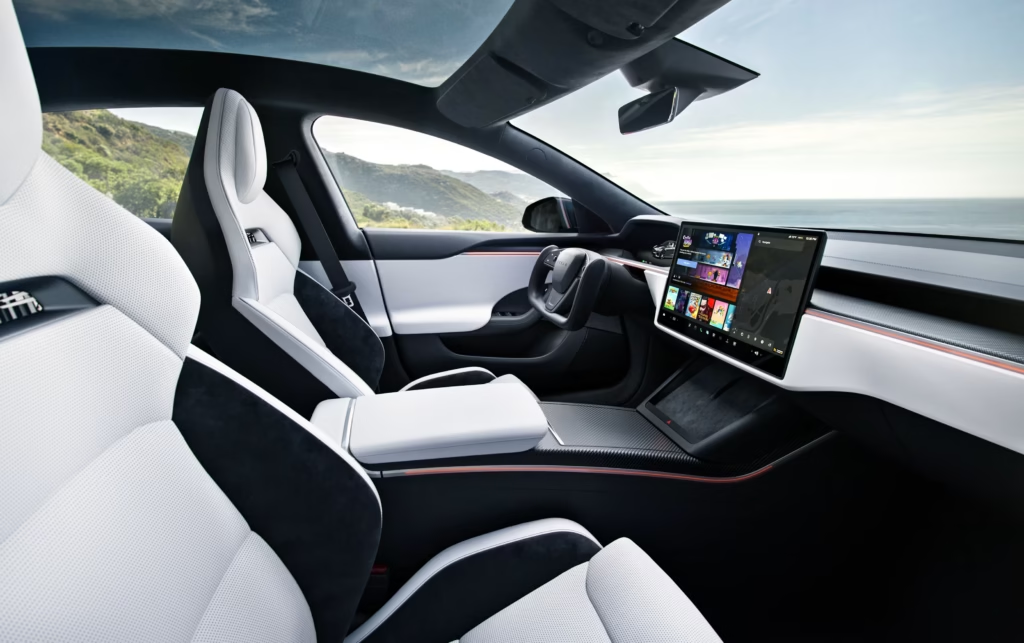
Responsive and Evolving
Tesla’s Voice Command System is renowned for speed and flexibility. Backed by Tesla’s proprietary neural network, the assistant handles contextual queries for navigation, media, and climate with ease, all while learning from each interaction.
OTA-Driven Improvements
Tesla’s voice assistant is continually enhanced through Over-The-Air (OTA) updates, adding new features and refining accuracy. It’s a living system, evolving with user needs and software breakthroughs.
Part of a Larger Ecosystem
Deeply integrated with Tesla’s Full Self Driving (FSD) features, the voice assistant helps manage autonomous settings, route planning, and cabin controls. Drivers can speak commands naturally, like “take me to the closest Supercharger,” and receive instant results.
Why It’s a Leader
Tesla combines AI, autonomy, and software updates into a seamless experience, placing the Model S among the best AI-powered voice assistants in the electric vehicle segment.
4. Lucid Air
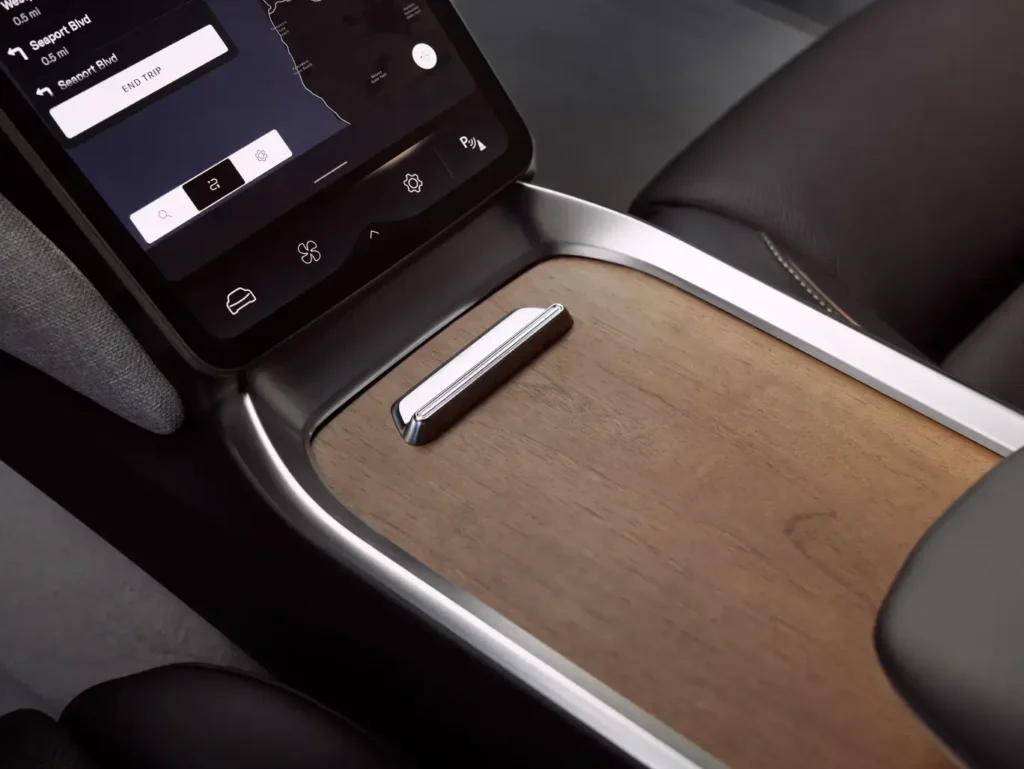
Amazon Alexa Built-In, Supercharged
Lucid Air elevates voice control by embedding Amazon Alexa directly into its Lucid UX system, making it one of the best AI-powered voice assistants for smart home enthusiasts and tech-savvy drivers.
Rich Command Ecosystem
Drivers can control climate, media, lights, and navigation, all via voice, and extend this control to home devices, including lights, security systems, and thermostats.
Lucid’s DreamDrive Integration
Voice control seamlessly integrates with Lucid’s advanced DreamDrive driver-assist system, allowing for a hands-free, intelligent driving experience. The assistant adapts to contextual requests and continuously evolves through updates.
Designed for Luxury and Ease
Combining premium materials with future-forward tech, Lucid Air’s assistant adds depth to the user experience, making it a top choice for those seeking AI sophistication in an electric luxury sedan.
Also Read: 10 Must-Have Smart Car Accessories Every Gen Z Driver Should Own
5. Hyundai IONIQ 6
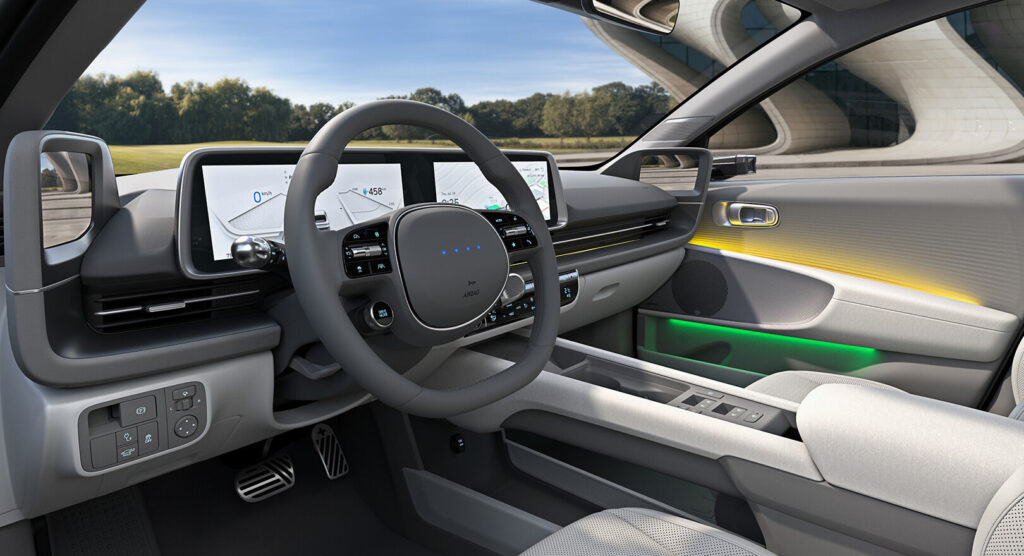
Multilingual and Predictive
Hyundai’s IONIQ 6 features a uniquely evolved assistant through Bluelink and Hyundai’s AI platform, optimized for Korean and increasingly multilingual users. It supports natural conversations and anticipates driver needs based on routines.
Multi-Modal Control and Smart Integration
Beyond voice, it works with touch and visual feedback, integrating with Hyundai’s SmartSense safety suite. The assistant suggests pre-emptive actions, such as switching driving modes based on conditions or reminding about upcoming maintenance.
OTA-Driven and Affordable
The IONIQ 6 receives continuous OTA updates, ensuring it remains cutting-edge. For its price point, it offers one of the best AI-powered voice assistants in the mid-range EV market.
Accessible AI Driving
Hyundai delivers premium AI tech without the premium price, making intelligent voice assistance more mainstream than ever.
6. Volvo EX90
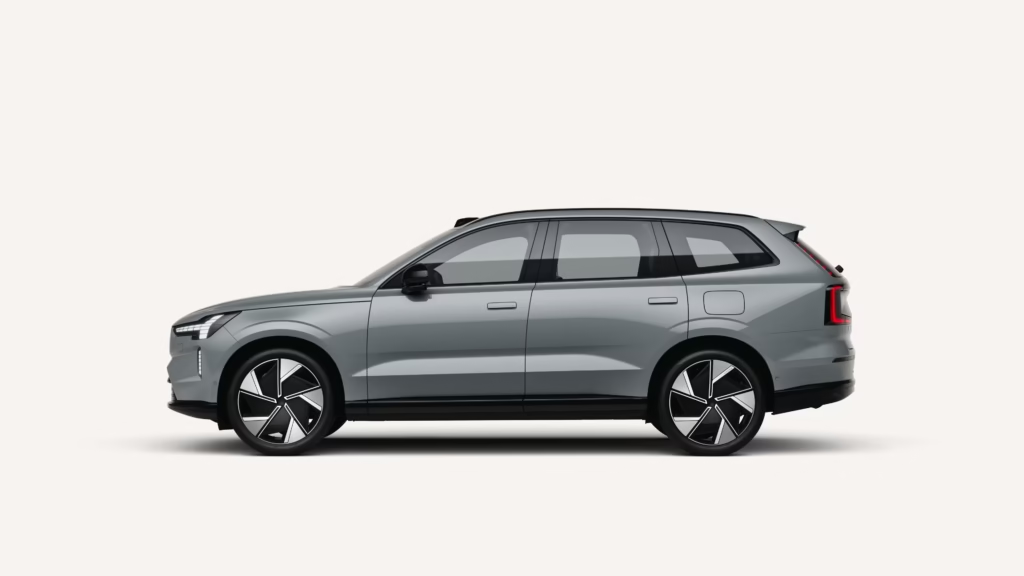
Native Google Assistant
The EX90 is powered by Google Assistant, built directly into the infotainment system, with no smartphone tethering required. This native integration gives Volvo one of the best AI-powered voice assistants among EVs.
Real-Time Commands and Personalization
Drivers can control Google Maps, YouTube Music, calls, messages, and climate, all with seamless voice commands. The assistant also syncs with Google Calendar and preferences for hyper-personalization.
Continuous Learning and Cloud Sync
As a Google-native system, the assistant improves with every interaction, leveraging Google’s AI backend for learning and context awareness. The system grows more intuitive the more it’s used.
Why It Stands Out
Volvo’s EX90 blends safety-first design with cloud-powered intelligence, delivering a voice assistant that’s secure, reliable, and constantly evolving.
7. Cadillac LYRIQ
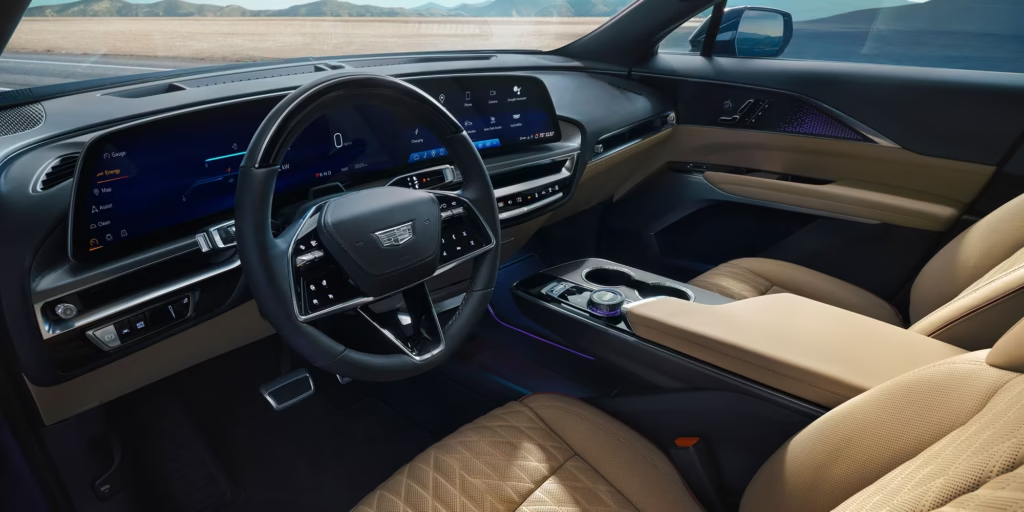
Emotionally Aware Conversational AI
The LYRIQ’s enhanced natural voice assistant uses advanced AI to recognize emotional cues and respond accordingly. Feeling frustrated? The assistant might offer calming options like relaxing music or ambient lighting changes.
Integrated GM Ecosystem
The voice assistant is tightly woven into GM’s OnStar AI, offering in-vehicle concierge services, emergency assistance, and connected services like EV range management and destination recommendations.
Always Improving
With continuous OTA updates, LYRIQ’s assistant becomes smarter over time, gaining features like smarter charging suggestions, deeper smart home control, and better NLU (natural language understanding).
Why It’s Among the Best
The LYRIQ merges emotion recognition, luxury, and real-time contextual learning, easily making it one of the best AI-powered voice assistants in the U.S. EV market today.
The Rise of In-Car Artificial Intelligence
The journey of voice assistants in cars began with basic integrations like Apple’s Siri and early versions of Android Auto. Initially, these systems relied heavily on smartphones and offered limited command functionality, such as playing music, making a call, or setting navigation. While groundbreaking for their time, they lacked contextual awareness and real conversational ability.
Fast forward to 2025, and in-car voice technology has undergone a dramatic transformation, thanks to advancements in Natural Language Processing (NLP), edge computing, and cloud-based AI. NLP allows voice assistants to comprehend the nuances of human speech, accents, slang, tone, and even intent, making interactions feel more like a conversation than a command. Meanwhile, edge computing processes data within the vehicle itself, allowing for faster responses, even when offline. Cloud AI, on the other hand, powers deeper learning and wider contextual understanding through constant updates.
One of the defining aspects of modern AI-powered assistants is real-time responsiveness, which is essential for maintaining driver focus and minimizing distractions. A system that hesitates or misinterprets a command can lead to frustration, or worse, unsafe situations.
Unlike standard voice control systems that rely on pre-set commands and limited logic trees, AI-driven assistants adapt, learn, and evolve with each interaction. They recognize your patterns, adjust to your preferences, and even anticipate your needs. This leap from reactive voice control to proactive assistance is what truly sets today’s intelligent in-car systems apart.
Why AI-Powered Voice Assistants Are a Game-Changer?
AI-powered voice assistants are no longer just a convenience; they’re a fundamental shift in how drivers interact with their vehicles. At the heart of this transformation is safety. By minimizing the need to touch screens or look away from the road, voice interfaces help drivers remain engaged and reduce accident risks. Commands such as “turn on the AC,” “navigate to the nearest gas station,” or “read my messages” can now be handled seamlessly and hands-free.
Beyond safety, these assistants offer deep personalization. They learn from user behavior, your favorite routes, preferred seat temperature, and frequently played playlists, and adapt the experience accordingly. Over time, the AI becomes more intuitive, delivering a tailored driving experience that feels like it was built just for you.
Another major benefit is integration. The best systems work across multiple domains, navigation, entertainment, climate, calls, and even smart home ecosystems. Want to turn on your living room lights as you approach home? Just ask. These voice assistants bridge the gap between your car and your digital lifestyle.
They also support multilingual interactions and adaptive speech recognition, handling various dialects and accents with increasing accuracy. Additionally, with predictive behavior and contextual awareness, they can proactively suggest actions, like recommending an alternate route when traffic builds up, before you even ask. In essence, AI-powered voice assistants are evolving from tools to digital companions, enhancing every aspect of the driving journey.
Key Features to Look for in a Smart Car Assistant
Not all AI voice assistants are created equal. To identify the best AI-powered voice assistants, it’s important to evaluate the key features that shape their intelligence, responsiveness, and overall user experience.
- Accurate Wake Word Recognition
A smart assistant should activate promptly and reliably, even amidst road noise, music, or conversations. Whether it’s “Hey BMW” or “Alexa,” consistent activation in noisy environments is essential for safe, frustration-free interactions.
- Natural Language Understanding (NLU)
Beyond command recognition, a powerful assistant must understand intent and context. NLU allows it to interpret casual language like “I’m freezing” and respond by increasing the temperature. It makes conversations more natural and less robotic.
- Over-the-Air (OTA) Updates
AI is ever-evolving, and OTA updates ensure your car assistant keeps pace. These updates can enhance functionality, improve performance, and add new features, all without requiring dealer visits.
- Ecosystem Integration
Seamless integration with Apple CarPlay, Android Auto, Alexa, or custom OS platforms enables users to access calendars, messages, music, and even smart home controls, all from the driver’s seat.
- Offline Capability with Edge AI
In areas with limited connectivity, edge AI ensures essential features like media control and navigation still function without the internet. It boosts reliability during travel.
- Emotional Intelligence
Cutting-edge systems are beginning to detect tone, urgency, and emotion, offering a more human-like response. Whether you’re stressed or relaxed, your assistant can adjust its tone and behavior accordingly.
These features collectively define the next generation of intelligent, intuitive driving companions.
AI Voice Assistant Market Growth (2025–2030)
The automotive AI voice assistant market is accelerating fast — with projections estimating it will surpass $12 billion by 2030. This growth is driven by the expanding role of AI in autonomous and semi-autonomous vehicles, where voice has become the most natural and safest input method. As driver attention shifts from manual controls to digital interaction, voice assistants will become a primary interface for everything from navigation to entertainment and vehicle settings.
Tier 1 suppliers such as Cerence, Amazon, and Google are leading the charge, supplying B2B AI assistant technology to automakers worldwide. Their platforms are being integrated into a growing number of EVs and connected cars, aligning perfectly with the rise of smart mobility ecosystems and vehicle-to-infrastructure (V2I) communication.
This market isn’t just expanding in terms of revenue; it’s also evolving in complexity. We’re seeing deeper integration with edge computing, emotional AI, and multilingual support, all enhancing the in-car experience. As voice becomes more predictive and conversational, it’s clear that AI assistants will be essential components of any future forward vehicle.
The New Standard: What Drivers Expect from the Cars With Best AI-Powered Voice Assistants
Beyond Basic Voice Control
Today’s drivers want more than just simple commands. Hands-free interaction must now be functional, personalized, and intuitive. It’s no longer sufficient for a system to simply recognize a wake word like “Hey Mercedes” or “Alexa.” Instead, drivers expect assistants who can understand context, detect emotional tone, and even anticipate needs based on past behavior.
Safety Meets Convenience
Driver safety is a key motivator behind the growing demand for AI-powered voice assistants. As regulations and public awareness shift toward minimizing distractions, voice-first controls provide a natural solution, allowing drivers to keep their hands on the wheel and eyes on the road. But it’s not just about safety. Today’s consumers also crave effortless convenience, like assistants that remember preferred seat positions, climate settings, and commute routes, while syncing calendars, reminders, and smart home devices.
Speed and Reliability Are Critical
In 2025, speed and accuracy are essential. Consumers expect instantaneous and accurate responses, even in noisy conditions or when internet connectivity is weak. This is pushing automakers to enhance natural language understanding (NLU), incorporate edge AI for offline functionality, and develop emotionally intelligent systems that react more human-like than ever.
The Assistant Becomes the Co-Pilot
The AI voice assistant is no longer a tech gimmick; it’s a true driving companion. As expectations continue to rise, automakers must innovate or risk losing customer loyalty. In the world of smart cars, your assistant isn’t just listening, it’s leading.
Automakers Shifting to Voice-First Interfaces
In 2025, we’re witnessing a significant transition: the shift from traditional touch-based interfaces to voice-first vehicle design. Automotive leaders like Mercedes-Benz, BMW, Volvo, and Cadillac are investing heavily in developing or customizing their own AI voice assistants. These systems are becoming central to the human-machine interface (HMI), allowing drivers to interact with complex vehicle functions through natural, spoken commands.
Many brands are building proprietary platforms, such as MBUX from Mercedes and MyBMW, to retain full control over the user experience. Others are partnering with AI tech giants, with Google Assistant, Amazon Alexa, and Cerence emerging as dominant players in embedded voice solutions.
This movement isn’t just about convenience; it’s reshaping the vehicle interior. As voice control improves, physical buttons and screens are being minimized or eliminated altogether. This not only declutters dashboards but also supports the design of more futuristic, spacious cabins.
In 2025 models, voice-first interfaces are enabling control of everything from AC to autonomous driving modes. As AI continues to improve its natural language understanding, voice-first design will soon be the standard, not the exception, marking a radical shift in how we interact with our cars.
Conclusion: Cars With Best AI-Powered Assistant – The Future Listens.. Are You Ready?
We’ve entered a new era in automotive technology, one where AI-powered voice assistants are more than just helpful features; they’re becoming the soul of the driving experience. In 2025, your car won’t just drive, it will listen, understand, and evolve with you. These smart companions are reshaping how we navigate, communicate, and control our vehicles.
From luxury leaders like Mercedes-Benz with MBUX to tech-integrated EVs like Volvo with Google Assistant, voice AI is no longer limited to luxury; it’s going mainstream and getting smarter with every OTA update. As cars become more autonomous, the need for intuitive, hands-free interaction will only grow. That’s why voice assistants are set to become one of the most essential features in the vehicles of tomorrow.
So, whether you’re a daily commuter, a tech enthusiast, or someone who values ease and safety, voice-first cars are the future, and that future is already on the road.

